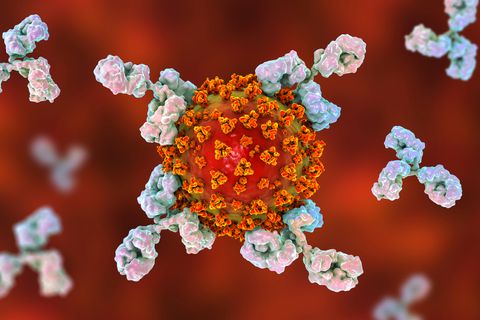Polyclonal antibodies (pAbs), monoclonal antibodies (mAbs), and recombinant antibodies (rAbs) represent a collection of invaluable tools for life science research and numerous applications (WB, IHC, IF, FCM, ELISA…).
To access the complete collection of monoclonal and polyclonal antibodies in bio-cane, please follow the following link: primary antibody-secondary antibody. To know more about antibody forms, you can also browse https://www.bosterbio.com/featured-products.
In addition, each form has advantages compared to its counterparts:
A. Polyclonal antibodies (pAbs)
pAbs exhibit multi-epitope binding properties making these reagents ideal for many applications. Its clonal and biophysical diversity allows for greater sensitivity and usefulness in certain types of applications and in the life sciences.

Image Source: Google
The limited supply of pAbs limits their attractiveness, and the use of controls and standards in experiments is essential to ensure reproducibility.
B. Hybridoma Monoclonal Antibody (mAbs)
mAbs are products of the fusion of sphenocytes and myeloma cells prepared according to a standard protocol. This process begins by injecting an antigen into a mouse or other mammal that elicits an immune response. A type of white blood cell called a B cell produces antibodies that bind to the injected antigen. These resulting antibodies were then pooled with mice.
C. Recombinant Monoclonal Antibody (rAbs)
rAbs were engineered in vitro beyond the limits of the immune system using recombinant DNA technology. The antibody gene is isolated and then inserted into a plasmid DNA vector, and the resulting plasmid is transformed or transfected into an expression host such as a bacterial, yeast, or mammalian cell line (a process similar to classical recombinant protein production).